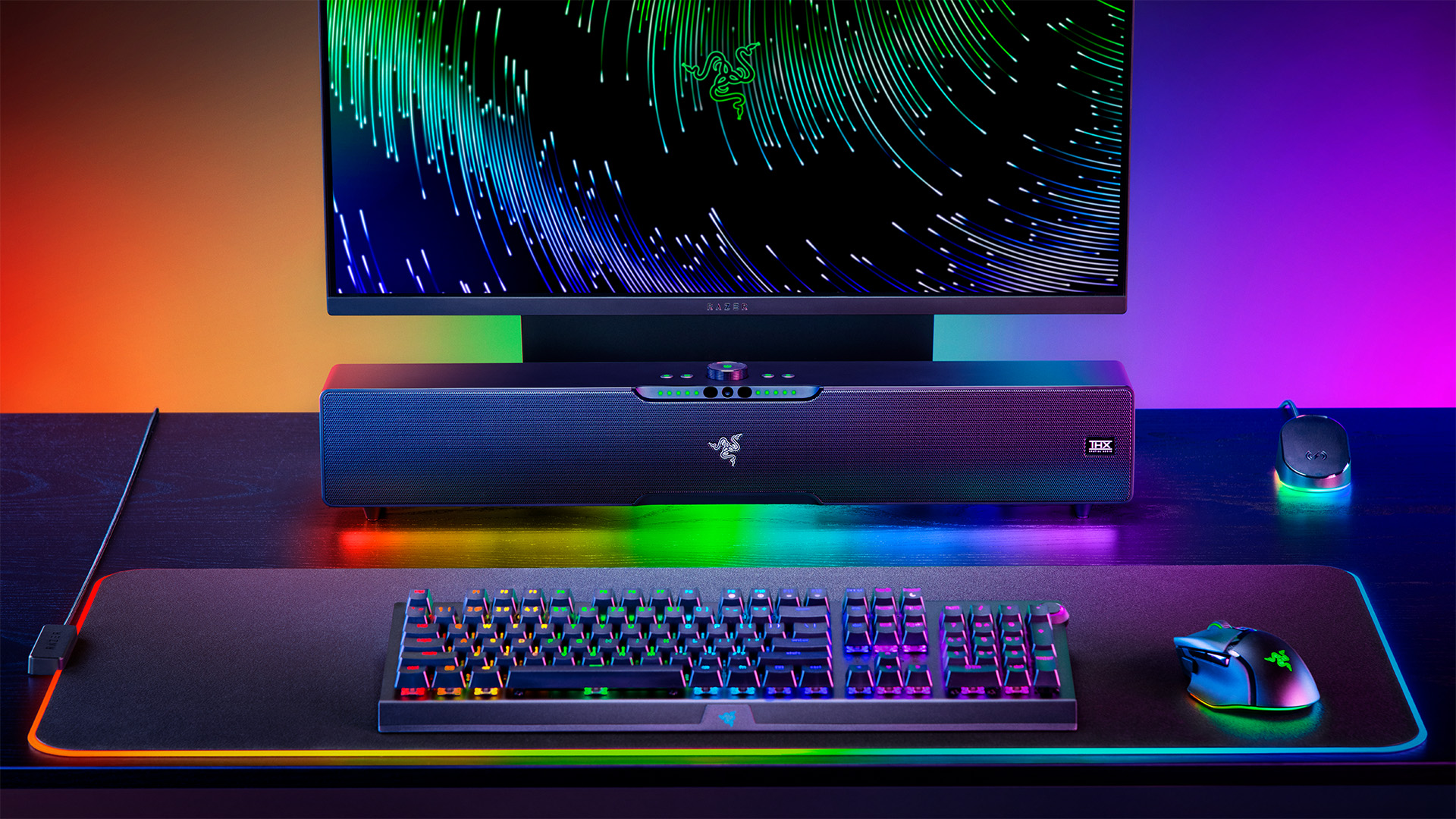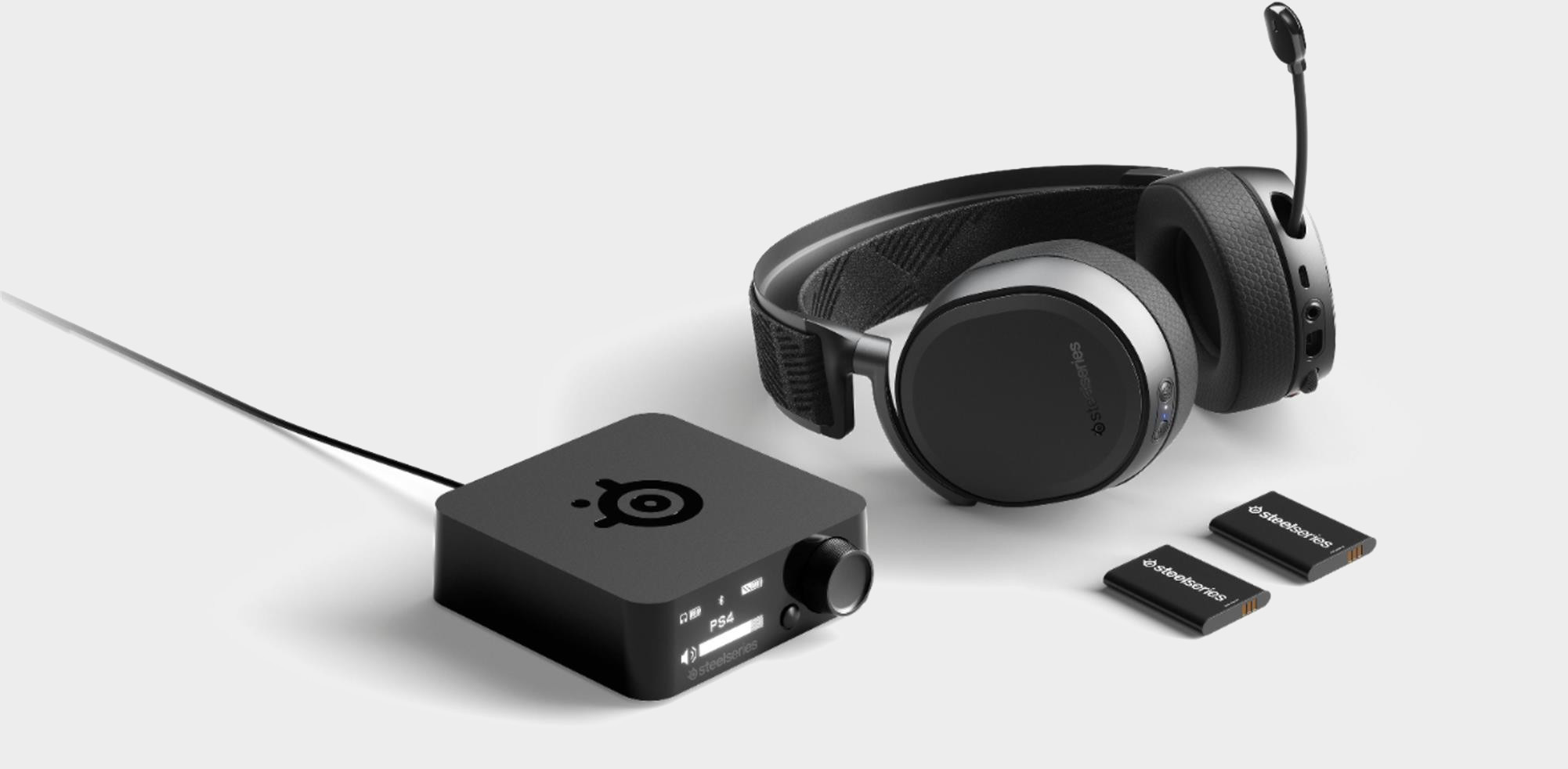Razer's new soundbar is tracking my head in the name of better audio
It's a little weird knowing my soundbar is keeping track of me, but beamformed spatial audio is actually pretty neat.

The new Razer Leviathan V2 Pro soundbar has just been announced at CES 2023, and it's promising an AI-powered head tracking beamforming audio solution for the desktop. It all sounds pretty techno-forward, but thankfully I've had the opportunity to try it out at home over the past few weeks to see if it's the real deal or not.
If you don't already know, beamforming is when a signal is directed at something to better improve the signal strength and quality. It's not just an audio thing, there are loads of uses for beamforming in regards to wireless signals, but that's what Razer is using it for with the new Leviathan V2 Pro. Basically, the system will determine where you are and, through some neural network computing, beam the audio signal directly at your ears.
To do this, the Leviathan V2 Pro comes with a small infrared sensor array, located in the middle of the unit. The data from which is then fired through a neural network processor to sense where a user is, or more specifically where their ears are, to better create spatial audio. That data is then "immediately discarded" and never gets transferred to your PC or the cloud, so sayeth Razer.
There are five 2-inch speakers included within the soundbar, operated with different interference patterns to keep the user in the sweet spot for audio, and a subwoofer that plugs in at the back to go on the floor.
So is this all worth it? I'm going to write a full review on this product soon enough, but I am pretty impressed with how seamless the audio shifting is as I move my head at my desk. You sit in the middle of your desk and the audio is firing right at you. You move to the left and the audio is firing right at you. You move to the right and the audio is firing right at you.
You get the idea.
There are a couple of modes onboard that work best in different scenarios: THX Spatial Virtual Headset and THX Spatial Audio Virtual Speakers.
Keep up to date with the most important stories and the best deals, as picked by the PC Gamer team.
I quite like the THX Spatial Virtual Headset mode for listening to music. It delivers the aforementioned described beamforming effect but is mostly just a straightforward stereo, 2:1 listening experience.


Best wireless gaming mouse: ideal cable-free rodents
Best wireless gaming keyboard: no wires, no worries
Best wireless gaming headset: top untethered audio
The Virtual Speakers, however, are a bit more involved, as they attempt to replicate a surround sound speaker setup without the hardware. I'm usually pretty sceptical about these sorts of features, as I don't find the dip in audio quality to often be worth the positional audio gain, but I have to admit the Leviathan's virtual speakers are pretty impressive. I ran a 5.1 speaker test locally on my machine and the positional audio is so much greater than the standard stereo output. Not a bad loss in quality either, though a little bit tinier on the rear left and right directions. I mean you definitely don't want to listen to music with this mode enabled, but for gaming I could see this coming in handy.
First impressions have been pretty good, then. Though I was expecting to be blown away: it's $400. That's $150 more than the Razer Leviathan V2 we reviewed earlier in the year, let alone a normal pair of computer speakers. That leads to my biggest concern so far: it's a neat feature but definitely not a must-have one, and for that sort of money it's likely a tough sell to most.
I have more testing I want to do with this soundbar before drawing conclusions. The Leviathan V2 Pro will ship from January 31, so there's plenty of time to make my mind up before then. Stay tuned for that.

Jacob earned his first byline writing for his own tech blog, before graduating into breaking things professionally at PCGamesN. Now he's managing editor of the hardware team at PC Gamer, and you'll usually find him testing the latest components or building a gaming PC.

